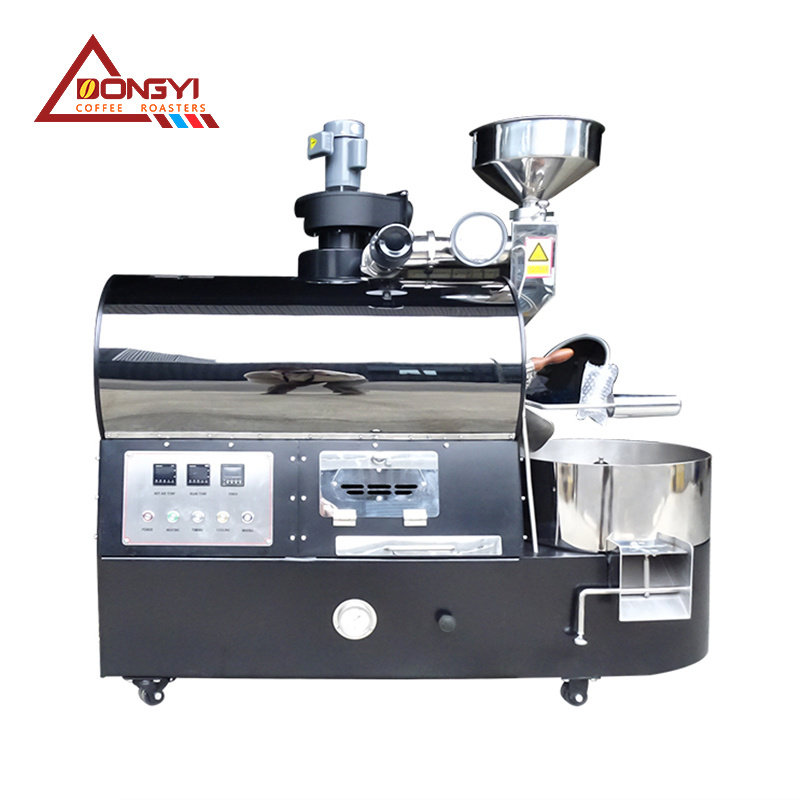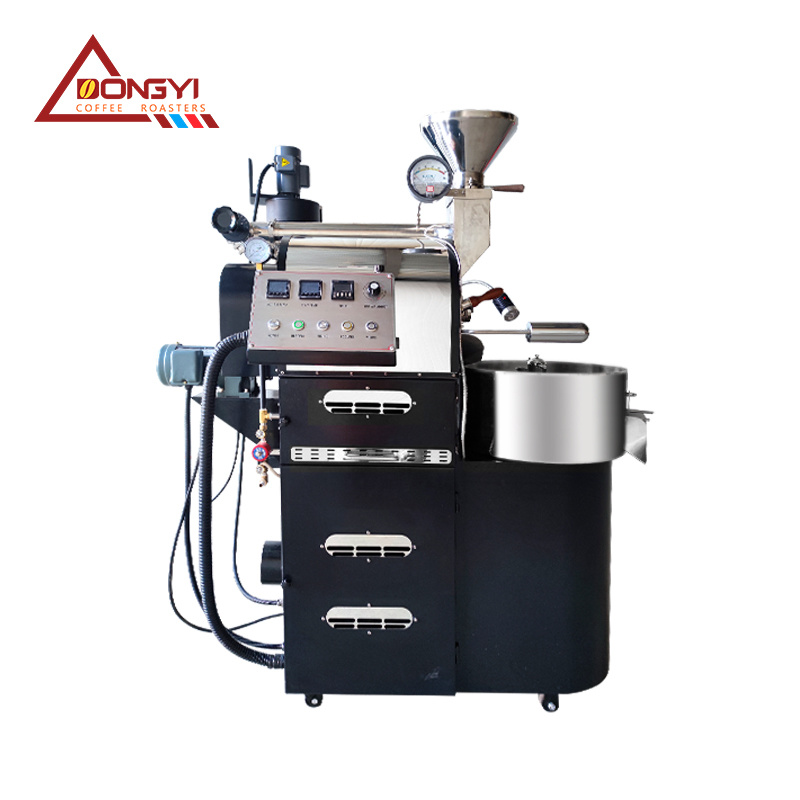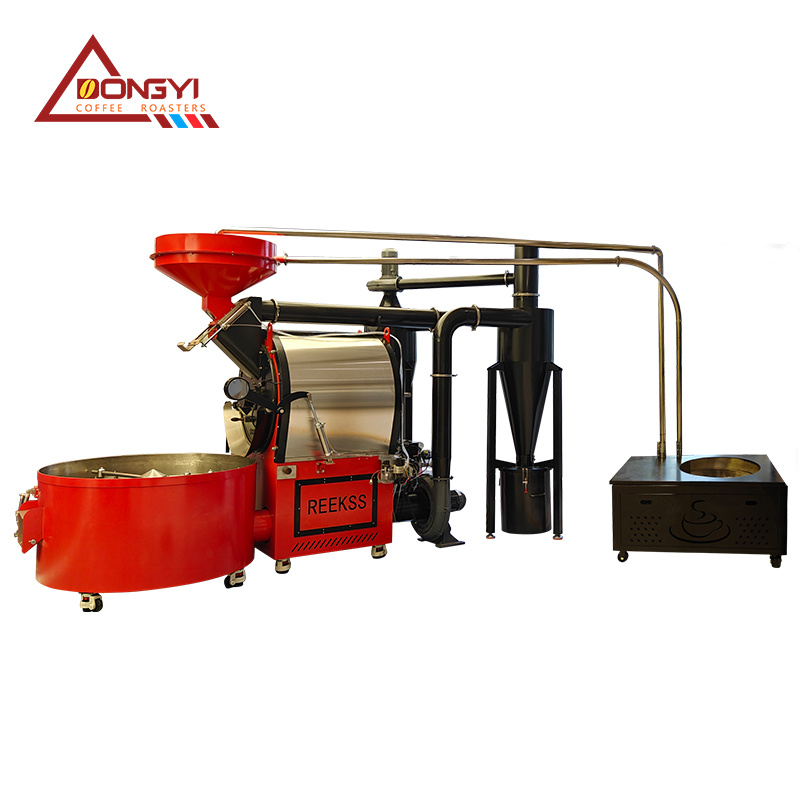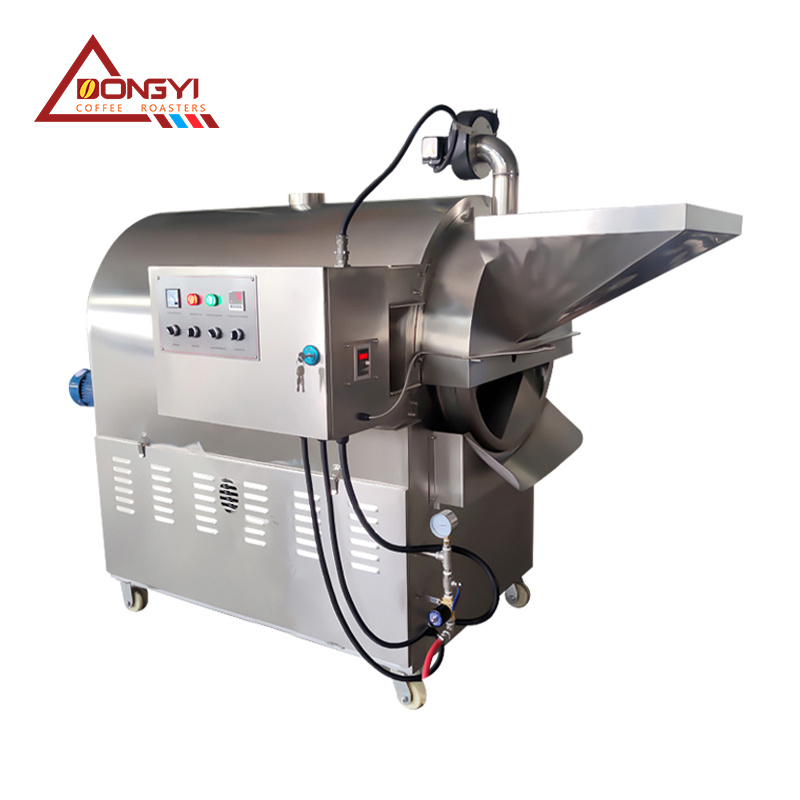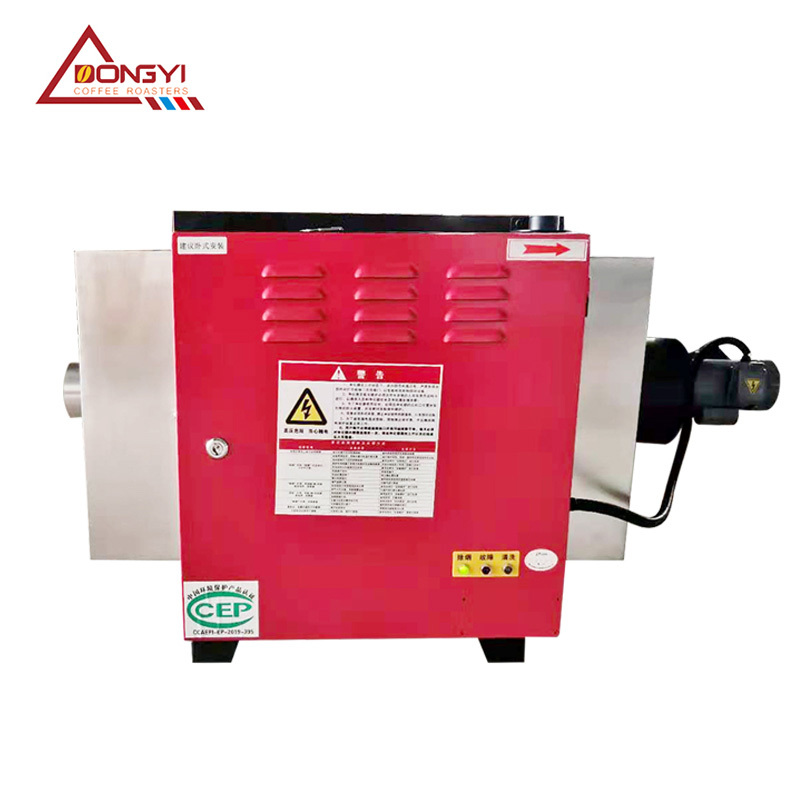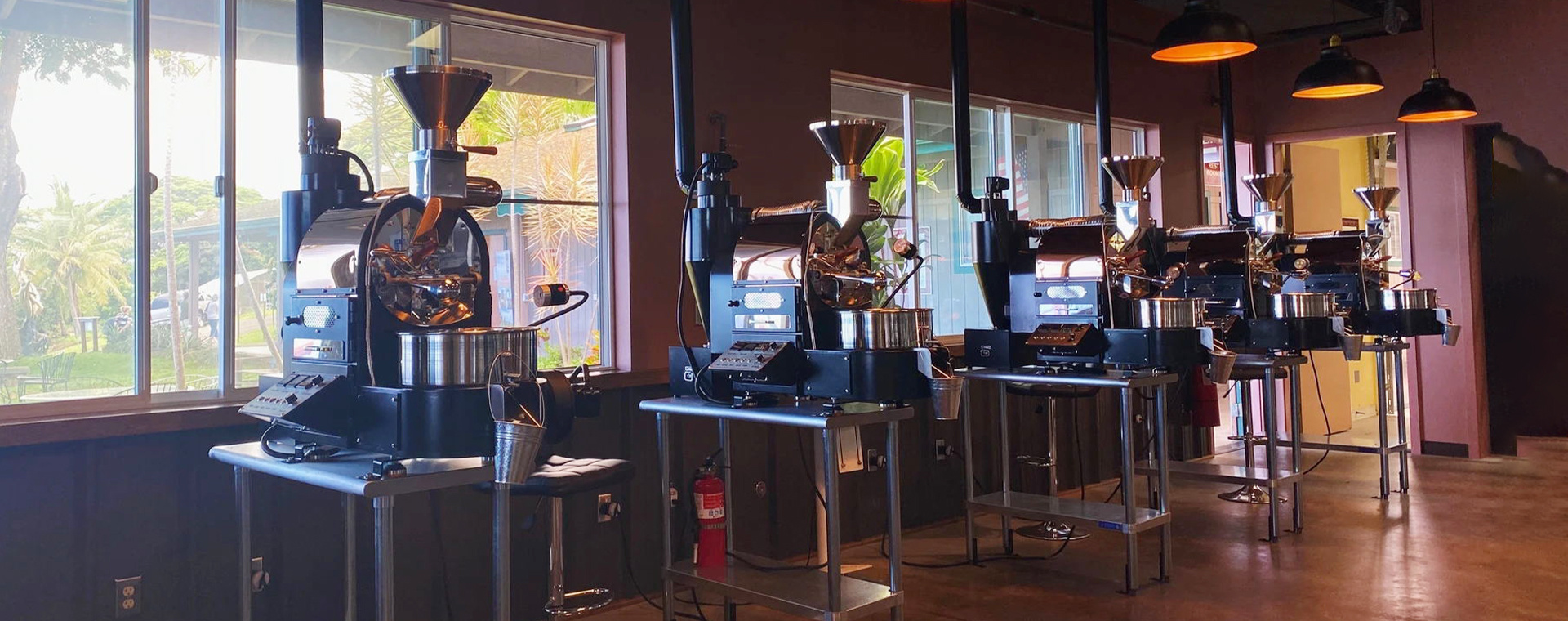Exploring the Best Practices for Cleaning Your Smart Automatic Coffee Machine
Time:
12 May,2025
Exploring the Best Practices for Cleaning Your Smart Automatic Coffee Machine
In the world of coffee enthusiasts, a smart automatic coffee machine stands out as an essential appliance, bringing convenience and quality to our daily caffeine rituals. However, to enjoy consistently great tasting coffee, it is crucial to maintain and clean your coffee machine regularly. This guide outlines best practices for cleaning your smart automatic coffee machine, ensuring it performs at its best and prolongs its lifespan.
Table of Contents
- The Importance of Cleaning Your Coffee Machine
- Essential Tools and Supplies for Cleaning
- How Often Should You Clean Your Coffee Machine?
- Step-by-Step Cleaning Guide
- How to Clean the Brew Group
- Descaling Your Coffee Machine: A Necessary Step
- Cleaning the External Parts of the Machine
- Troubleshooting Common Cleaning Issues
- Conclusion
- Frequently Asked Questions
The Importance of Cleaning Your Coffee Machine
Cleaning your smart automatic coffee machine is not merely a chore; it is vital for several reasons. Firstly, coffee oils, residue, and minerals from water can accumulate over time, affecting the taste of your coffee. A dirty machine can lead to bitter flavors or even mold growth if not cleaned correctly. Secondly, regular cleaning helps maintain the machine's performance and can extend its lifespan, saving you money on replacements. Lastly, a well-maintained coffee machine ensures hygiene, which is crucial for health-conscious individuals.
Essential Tools and Supplies for Cleaning
Before diving into the cleaning process, gather the necessary tools and supplies:
- Soft cloths or microfiber towels: Perfect for wiping down surfaces without scratching.
- Small brushes: Ideal for cleaning hard-to-reach areas.
- White vinegar: A natural descaling agent that effectively removes mineral buildup.
- Commercial descaling solution: Specifically designed for coffee machines, these solutions can tackle tough limescale.
- Dish soap: Mild soap can help with cleaning various components.
- Water: Essential for rinsing and diluting cleaning solutions.
How Often Should You Clean Your Coffee Machine?
Cleaning frequency often depends on the usage of your coffee machine:
- Daily Cleaning: Rinse the brew group and wash any removable parts, such as the drip tray and water reservoir, to prevent buildup.
- Weekly Cleaning: Perform a deeper clean by following the manufacturer's instructions for the specific model.
- Monthly Cleaning: Descale your coffee machine monthly, especially in areas with hard water, to prevent mineral buildup.
- Annual Maintenance: Consider a thorough inspection and deep cleaning of internal components, preferably by a professional.
Step-by-Step Cleaning Guide
Now that you have the right tools and know how often to clean, let’s delve into a step-by-step cleaning guide:
Step 1: Turn Off and Unplug Your Machine
Safety is paramount. Always turn off and unplug your coffee machine before beginning the cleaning process.
Step 2: Disassemble Removable Parts
Take out all removable components, including the water reservoir, drip tray, and brew group. Refer to the user manual for guidance on how to disassemble your specific model correctly.
Step 3: Clean the Brew Group
Using warm water and mild dish soap, gently scrub the brew group. Rinse thoroughly and allow it to air dry completely before reinstalling it. This process ensures that no soap residue interferes with your coffee flavor.
Step 4: Wash Other Components
Clean the water reservoir and drip tray using warm, soapy water. Rinse well and dry. Use a soft cloth to wipe down the exterior of the machine, paying special attention to any coffee spills or stains.
Step 5: Descale the Machine
Prepare the descaling solution by following the manufacturer’s guidelines. Fill the water reservoir with the solution and run a descaling cycle if your machine has one. Otherwise, run a few brewing cycles with the solution, followed by several cycles with clean water to rinse.
Step 6: Reassemble Your Machine
Once all components are dry, carefully reassemble your coffee machine. Ensure everything is securely in place to avoid leaks or malfunction.
How to Clean the Brew Group
The brew group is a critical component of your smart coffee machine and requires special attention. Follow these guidelines:
Regular Quick Cleaning
Many machines allow for a quick rinse cycle. Utilize this feature daily to keep your brew group clean.
Deep Cleaning
Every few weeks, disassemble the brew group according to the manufacturer's instructions. Use a soft brush to remove any coffee grounds or oils. Rinse thoroughly with warm water, and allow it to dry completely before reinstallation.
Descaling Your Coffee Machine: A Necessary Step
Descaling is an essential part of maintaining your smart automatic coffee machine, particularly if you live in an area with hard water. Here’s how to do it properly:
Why Descaling is Important
Over time, mineral deposits can accumulate within the machine, which can lead to clogs and affect the taste of your coffee. Regular descaling ensures optimal performance and flavor.
How to Descale
Use a descaling solution suitable for your coffee machine. Mix the solution with water according to the instructions. Pour it into the water reservoir and run the descaling program if available. If not, brew a few cycles, followed by several cycles with fresh water to remove any residual solution.
Cleaning the External Parts of the Machine
Keeping the external surfaces of your coffee machine clean is equally important:
Daily Wipe Down
After each use, use a soft, damp cloth to wipe down the exterior of the machine. Pay special attention to areas that may accumulate coffee residue.
Thorough Clean
Monthly, use a damp cloth with a mixture of mild soap to scrub the surfaces. Avoid abrasive cleaners or scrubbers, as they can scratch the finish.
Troubleshooting Common Cleaning Issues
Even with diligent cleaning practices, issues may arise. Here are common problems and their solutions:
Unpleasant Odors
If your coffee machine has developed an unpleasant smell, it may be due to leftover coffee oils or mold. Ensure that you are cleaning the brew group and water reservoir regularly.
Clogged Water Lines
Mineral buildup can clog water lines. Regular descaling will help prevent this issue. If you notice reduced water flow, consider running a descaling cycle immediately.
Inconsistent Coffee Temperature
Fluctuating temperatures can indicate that the machine requires descaling or a thorough internal cleaning. Follow the descaling process to resolve this issue.
Conclusion
Cleaning your smart automatic coffee machine is crucial for ensuring the best coffee experience. By following the best practices outlined in this guide, you can maintain optimal performance, extend the lifespan of your machine, and enjoy delicious coffee every day. Regular cleaning not only enhances flavor but also promotes hygiene and efficiency. Make cleaning a part of your routine, and your coffee machine will reward you with exceptional brews for years to come.
Frequently Asked Questions
1. How often should I descale my coffee machine?
It is recommended to descale your coffee machine at least once a month, especially if you have hard water. Follow the manufacturer's instructions for the best results.
2. Can I use vinegar to clean my coffee machine?
Yes, vinegar is a natural descaling agent. However, ensure that you rinse the machine thoroughly afterward to avoid any residual vinegar taste.
3. What should I do if my coffee machine is leaking?
Check that all components are assembled correctly and that there are no cracks in the water reservoir or drip tray. If the problem persists, consult a professional.
4. Can I put the brew group in the dishwasher?
Some models allow for this, but it is best to check your user manual. If not, hand washing is recommended to avoid damage.
5. What happens if I don’t clean my coffee machine?
Neglecting to clean your coffee machine can lead to poor coffee flavor, clogs, and eventual breakdown of the machine, resulting in costly repairs or replacements.
Recommended






